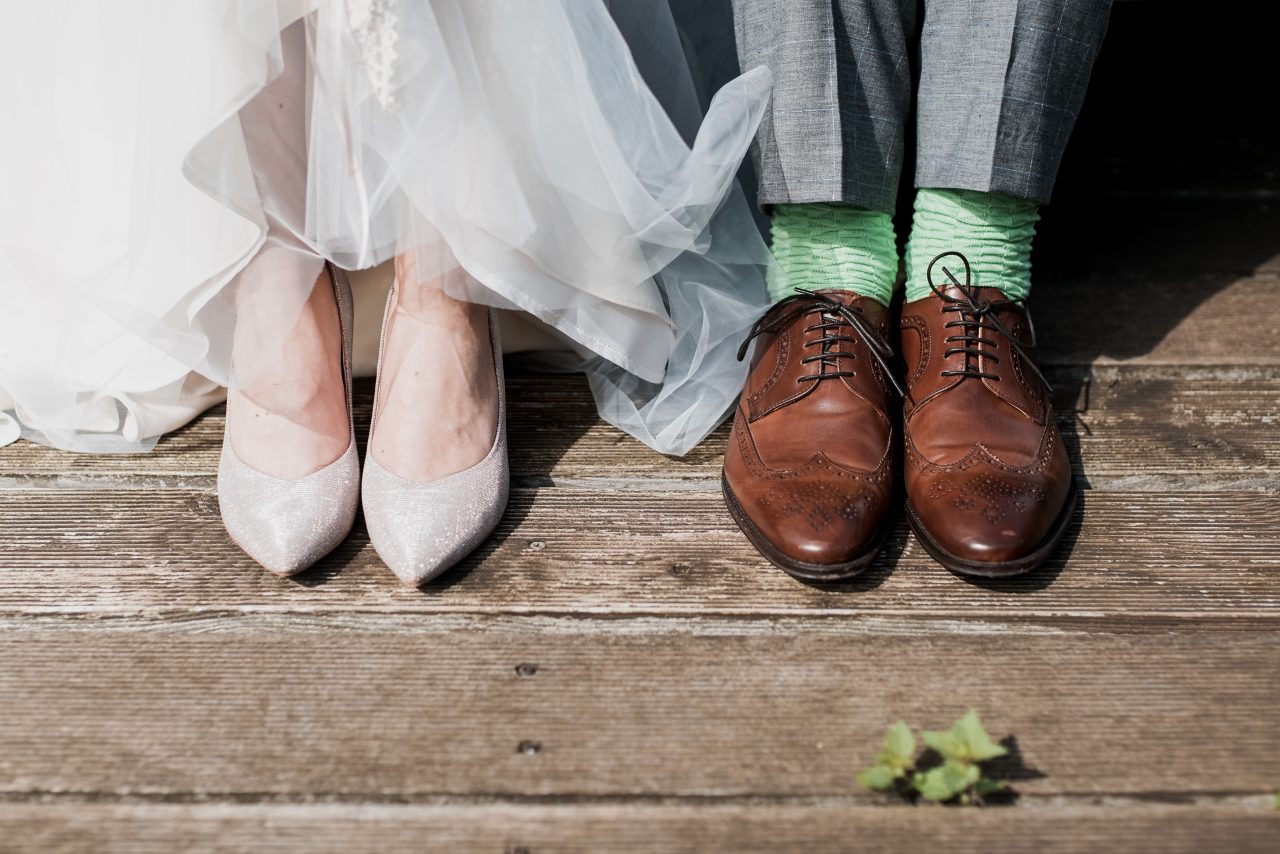It is important for everyone to make their wedding day unforgettable and full of surprises. A great way to surprise yourself and your guests is to incorporate traditions into your wedding. We will help you choose the most appropriate one, or we will create a completely unique tradition just for your family, which you can later pass on from generation to generation.To help you, we have created a small description of the traditions, which reveals a little the essence of each of them.
- Something blue, old and borrowed.
Everything starts at the moment of planning, although this tradition comes from America, but more and more brides are starting to follow it. Every bride should have something blue, old and borrowed on her wedding day.
Something blue will protect against the evil eye.
Something old will provide protection for the bride’s expected child.
Something borrowed will bring happiness that another bride has already received.
- 7 bridges.
Each of these bridges can have a different meaning – childhood bridge, future bridge, farewell bridge, hope bridge – and it can continue and complete its selection of 7 bridges. Most often, at least one bridge is found that is nearby, or when driving from one place to another, bridge occurs along the way. And it is not forbidden to make all 7 conditions on one bridge. Each of these bridges has an activity associated with its name, but it can be presented differently for each pair.
Childhood bridge – activities related to childhood can be carried out – launching boats on the river and others that were carried out on the river bank in childhood.
Farewell bridge – here every couple can figure out what they would rather say goodbye to, or trust someone else to surprise themselves.
- Plate breaking.
This tradition can be included at any time. This can be done by walking through a gate with a plate at the end, or upon arriving at the celebration site, stepping over the threshold where the plate is. When a plate is broken, the shards must be counted. Shards can be interpreted in different ways – the larger ones can be counted and find out how many sons there will be in the family, the smaller ones testify to daughters. However, if the family has already planned how many children they will have, then the shards can symbolize the years spent together – the more shards, the longer they will be together. The main thing to remember is that every small shard must be counted!
- Stealing the bride.
It must be said that this tradition cannot be chosen because there are relatives who know about it and want to try their skills in it. However, the family should be reminded that this tradition should not be taken too emotionally. Disputes often arise during this process, because the bride has disappeared and what to do now.
The tradition shows how important the bride is to the new husband and her brothers. Because brothers are the biggest guardians in everything. To buy back the bride, the groom has to pay as much as the bride is worth. And remember that the ransom money doesn’t always have to be physical.
- “Stavmachi” or gypsies.
In the past, guests came and went at weddings, invited or uninvited. The task of these guests was to scrounge, but it was all on purpose. They bring gifts and good wishes with them – promoting the couple’s fertility and warding off evil. But you have to remember that they have probably traveled a long way, so they must be seated at the table and feasted. And you definitely have to dance with them!
- “Michosana”.
This is truly an ancient Latvian tradition, which is still used in almost every wedding.Although in the past, the time of ”michoshana” was different, now couples often choose exactly midnight. “Michoshana” is usually led by the Maid of Honor and Best man and the new couple as they appoint a new ‘new couple’ to their round.
It symbolizes the fertility of the couple, and during it, there is a farewell to the daughter, who is appointed as a wife, and the son, who becomes a husband.
- Bridal bouquet toss.
In the past, the bride was considered to be the happiest and that she brings happiness with her, so people started taking a piece of clothing or a leaf from the bouquet to bring happiness to them too. But the brides were tired of cutting their dresses in the evenings and sharing pieces, so they started sharing flowers from their own bouquet.Today brides pass their luck to someone else, handing over the whole bouquet – all their luck and happiness. And there are different ways to pass this bouquet. When the bouquet is handed over, it indicates that this unmarried daughter will soon have a wedding. And as a gift, the bride gives her luck that accompanied her on this path.
- “Atkāzas”.
In ancient times, “atkāzas” was celebrated as the end of the wedding a week after the wedding. The guests gathered at the bride’s parents’ house or at the couple’s new house. Even now, this tradition has been preserved, but in a slightly different way. Relatives and friends visit to talk about the past trip the new couple took and to look at pictures from the wedding day. Therefore, such a day is usually held when the young couple returns from a trip, or the wedding photos are ready.
Let’s choose your real tradition together!
